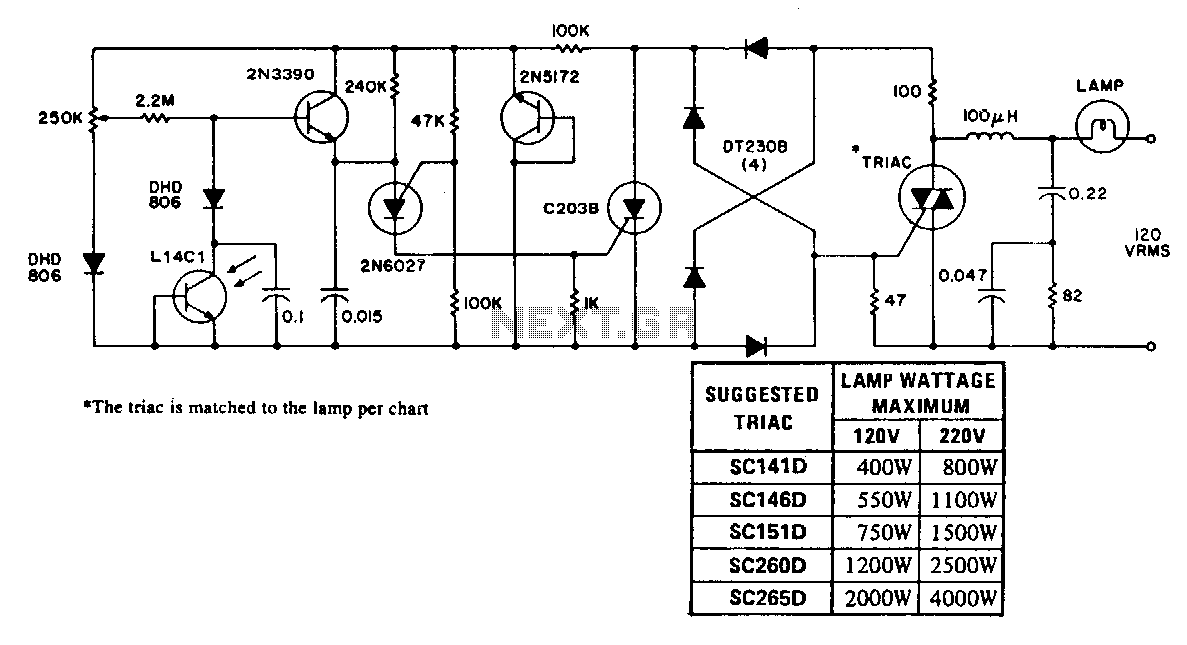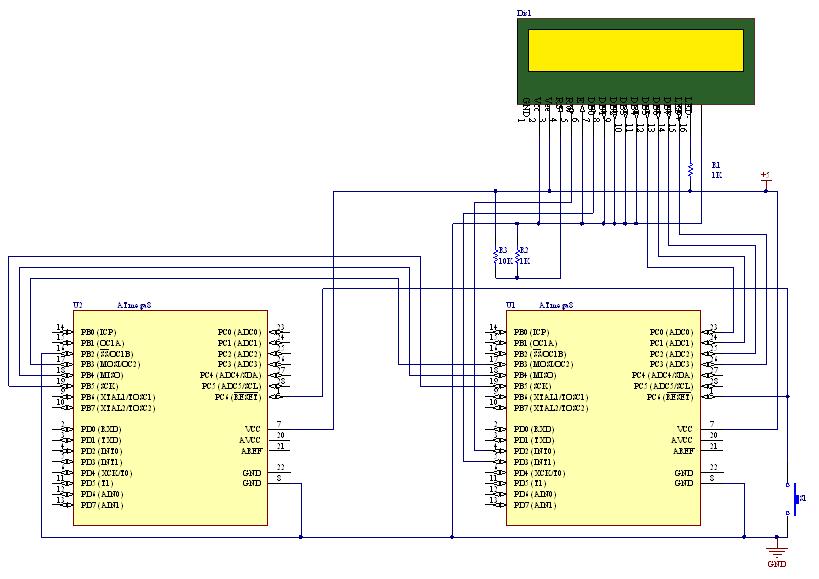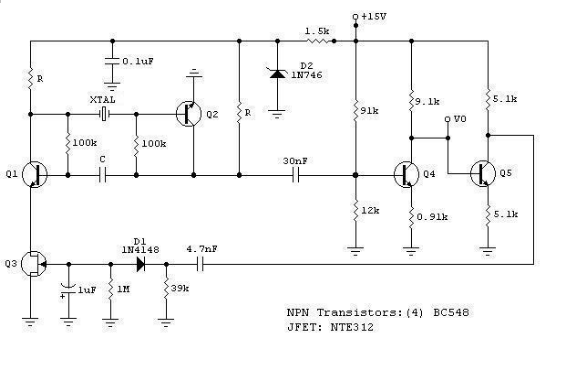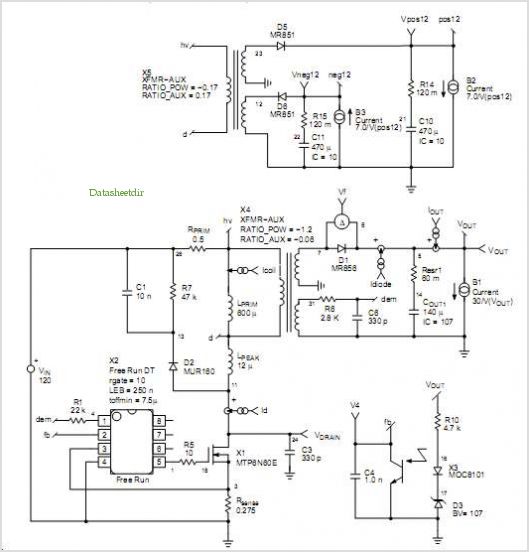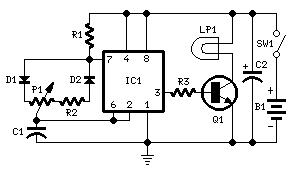
control of remote domestic system
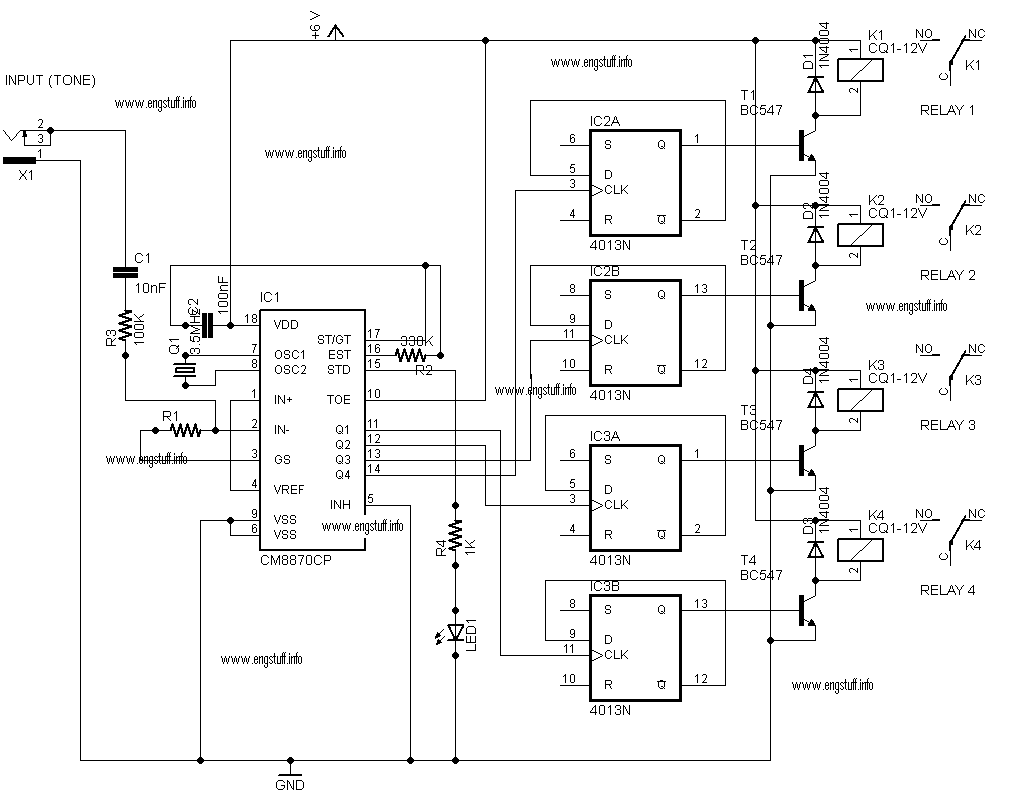
This is a personal website showcasing various projects developed during spare time, many of which are related to electronics and Linux. The website itself is one of these projects. It also features a section with pictures from places visited and includes a guestbook for comments. For inquiries about any projects, a contact form is available at the bottom of the page.
The website serves as a platform for sharing knowledge and experiences in electronics and Linux-based projects. It may include detailed descriptions of various electronic circuit designs, programming tutorials, and hardware assembly instructions. Each project could potentially feature schematics, component lists, and step-by-step guides to facilitate understanding and replication by visitors.
The section with images from travels adds a personal touch, allowing visitors to connect with the creator beyond technical projects. The guestbook serves as an interactive element, encouraging feedback and fostering a community of like-minded individuals interested in electronics and Linux.
The contact form at the bottom of the page is a crucial feature, enabling visitors to reach out with questions or comments regarding the projects. This direct line of communication can enhance user engagement and provide opportunities for collaboration or support within the electronics and Linux communities. Overall, the website functions as both a portfolio and a resource hub for enthusiasts in these fields.This is my personal website and here you`ll find some of the projects I develop on my spare time, many of them related to electronics and/or Linux. This website is one of these projects. There`s also a section with pictures of places I visited and a guestbook if you wish to leave a comment.
To contact me about any questions regarding any project, use the form at the bottom of this page. 🔗 External reference
The website serves as a platform for sharing knowledge and experiences in electronics and Linux-based projects. It may include detailed descriptions of various electronic circuit designs, programming tutorials, and hardware assembly instructions. Each project could potentially feature schematics, component lists, and step-by-step guides to facilitate understanding and replication by visitors.
The section with images from travels adds a personal touch, allowing visitors to connect with the creator beyond technical projects. The guestbook serves as an interactive element, encouraging feedback and fostering a community of like-minded individuals interested in electronics and Linux.
The contact form at the bottom of the page is a crucial feature, enabling visitors to reach out with questions or comments regarding the projects. This direct line of communication can enhance user engagement and provide opportunities for collaboration or support within the electronics and Linux communities. Overall, the website functions as both a portfolio and a resource hub for enthusiasts in these fields.This is my personal website and here you`ll find some of the projects I develop on my spare time, many of them related to electronics and/or Linux. This website is one of these projects. There`s also a section with pictures of places I visited and a guestbook if you wish to leave a comment.
To contact me about any questions regarding any project, use the form at the bottom of this page. 🔗 External reference

